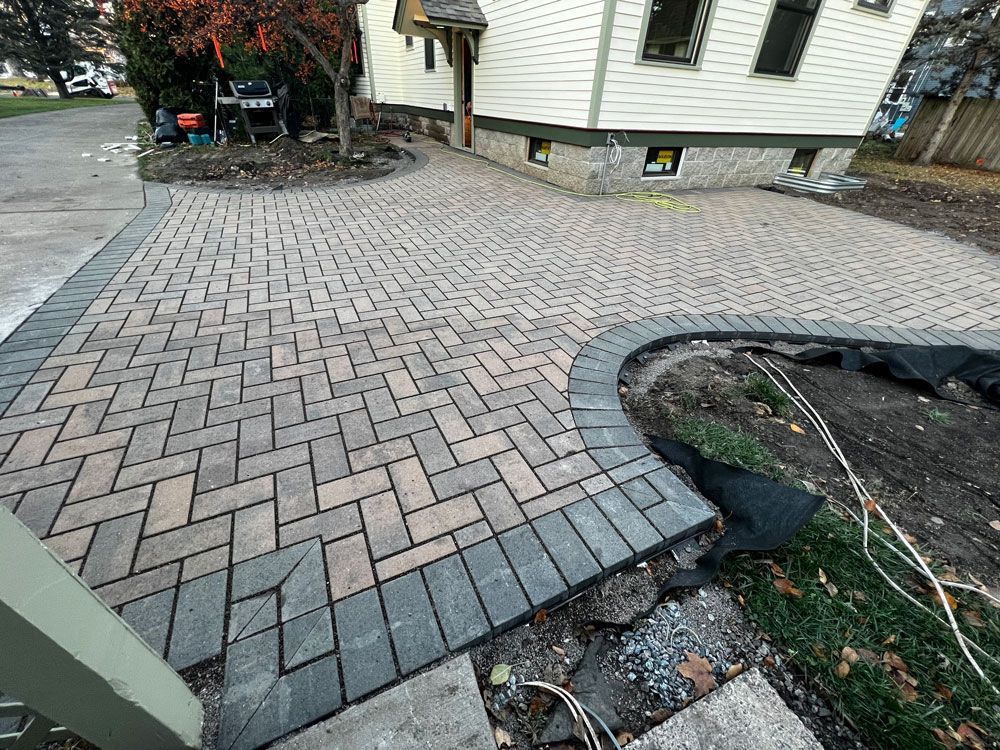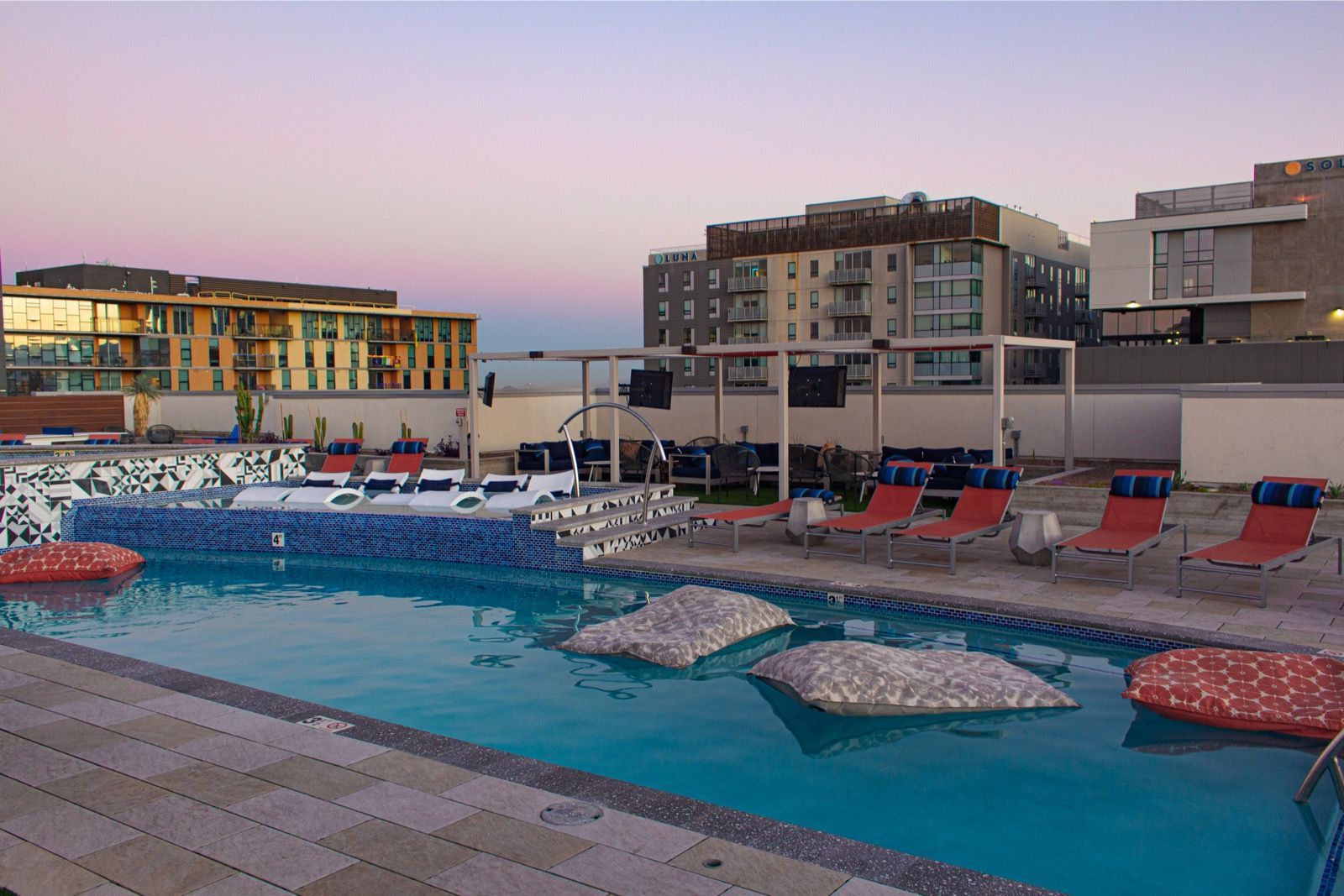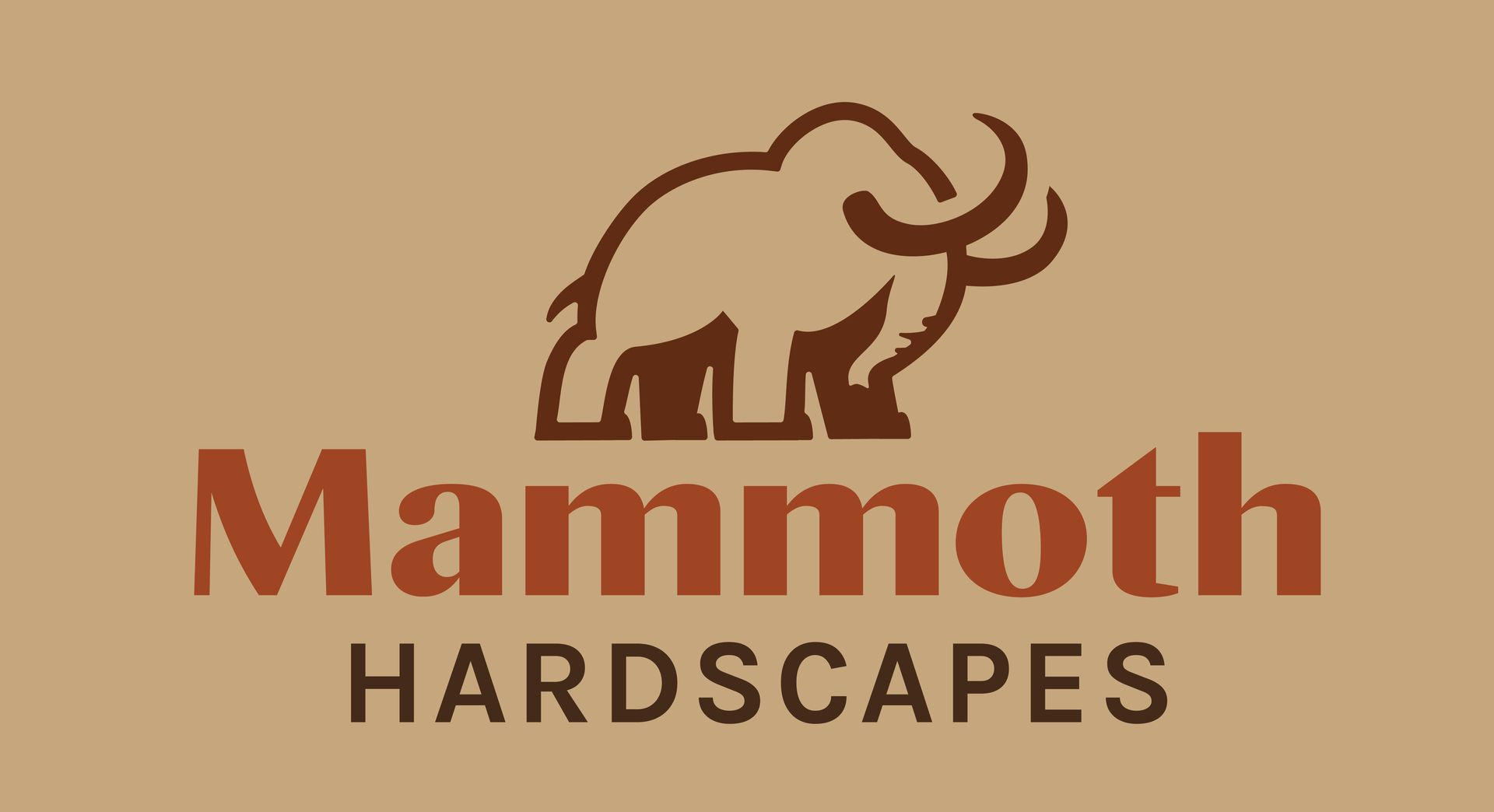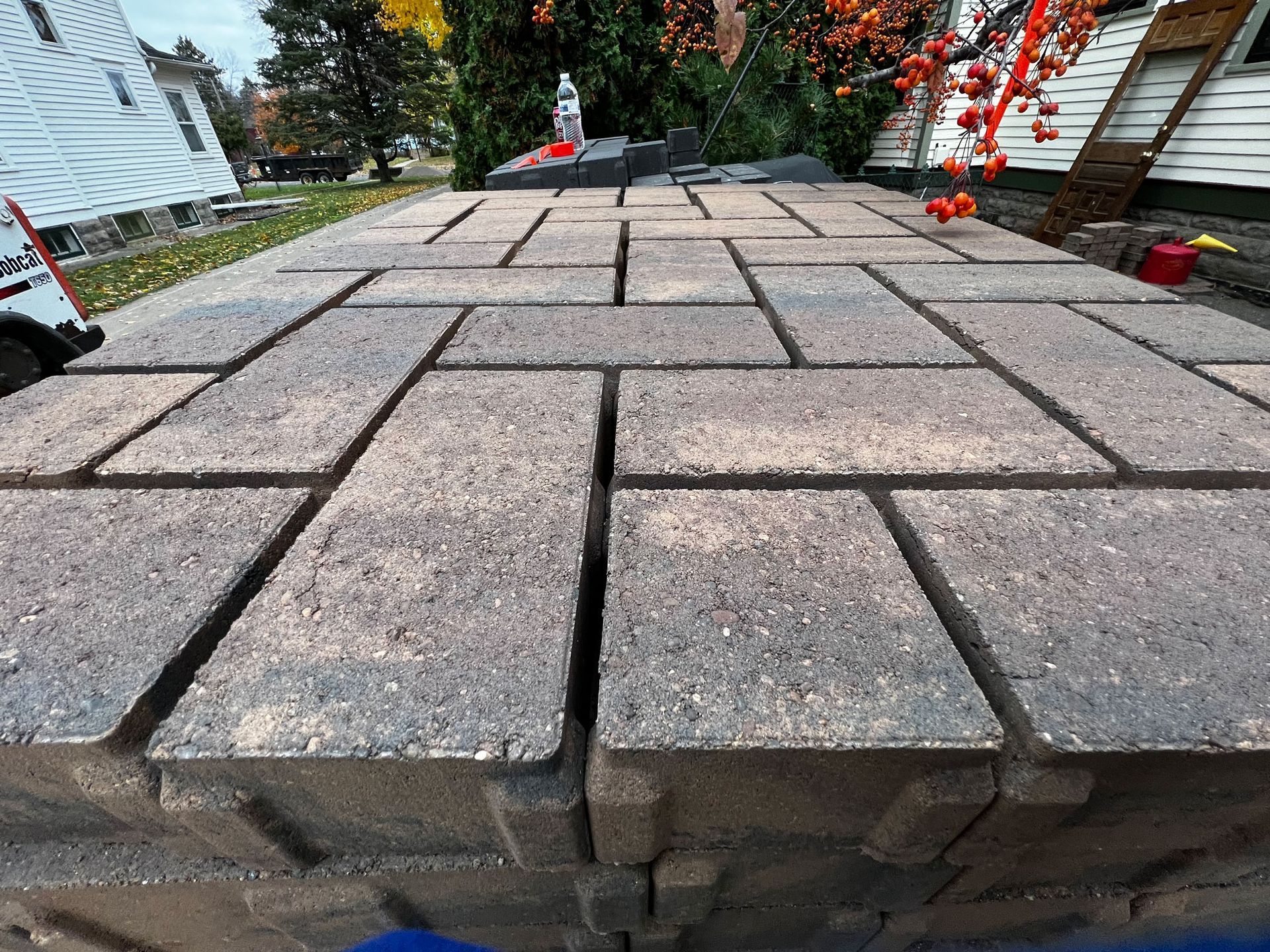Building a Restaurant Patio in Minnesota: What You Need to Know Before You Start
A well-designed outdoor patio can be a game-changer for restaurants in Minnesota. It extends your seating capacity, attracts more customers in the summer, and creates a vibrant dining experience. But before you break ground on your new patio, there are key factors to consider to ensure your investment pays off. Here’s what every restaurant owner needs to know before starting a hardscape patio project.
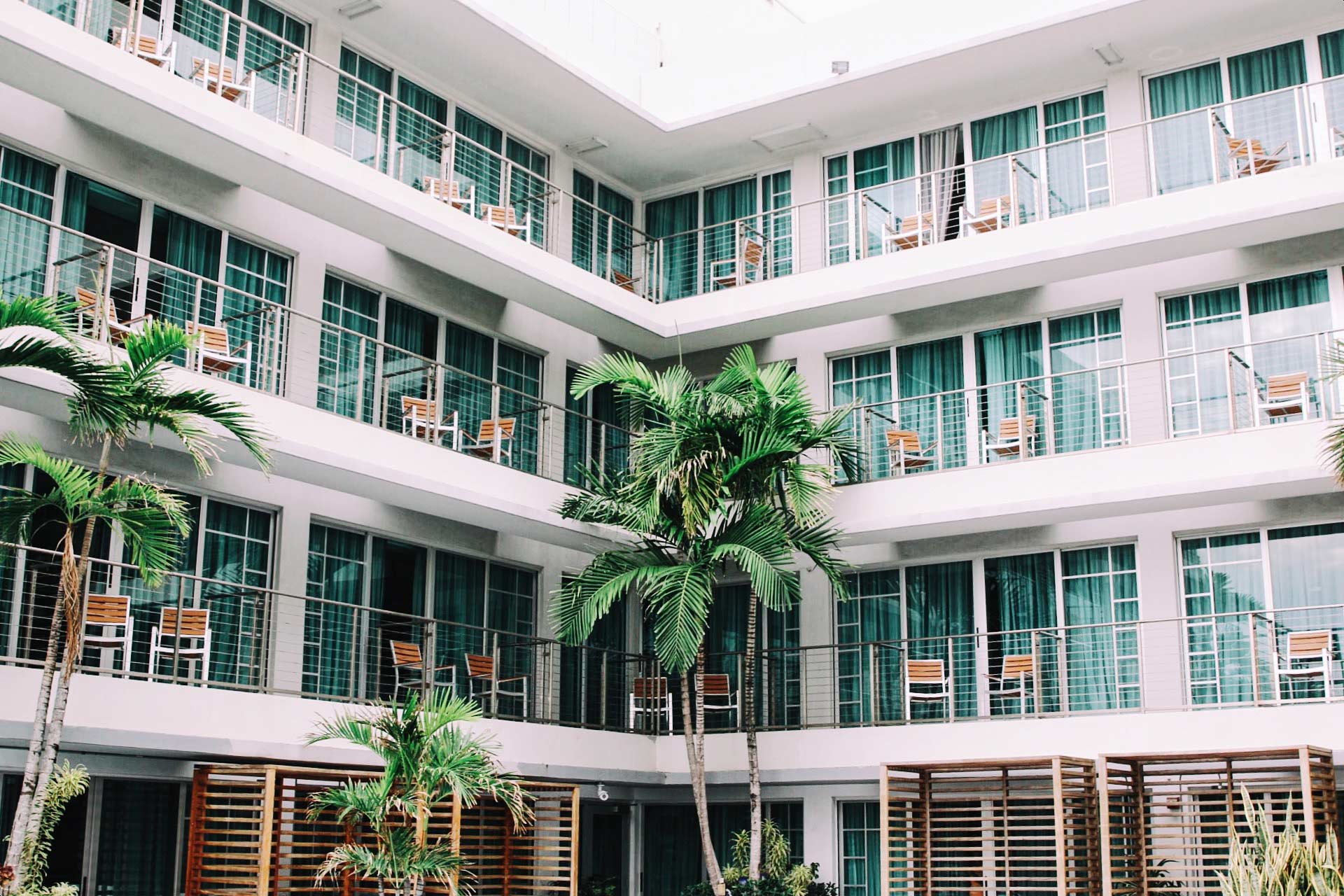
1. Understand Local Regulations & Permits
Before designing your dream patio, make sure you understand the local building codes and permits required. Minnesota cities have different regulations for:
- Outdoor seating permits – Check if your city requires one for expanded seating
- Liquor license extensions – If you serve alcohol, ensure your patio is included in your liquor license.
- Fire & safety codes – Requirements for exits, fire pits, and heating elements.
- Accessibility compliance (ADA) – Your patio must be wheelchair accessible with proper ramp access and seating spacing.
💡 Pro Tip: Partner with a professional contractor familiar with Minnesota commercial hardscaping regulations to avoid delays.
2. Choose Durable, Low-Maintenance Materials
Your patio needs to withstand Minnesota’s freeze-thaw cycles, heavy foot traffic, and potential food spills. The right materials make all the difference.
Best Materials for a Restaurant Patio:
- Concrete Pavers – Durable, easy to repair, and withstands seasonal weather changes.
- Porcelain Pavers – Sleek, stain-resistant, and slip-proof for wet conditions.
- Natural Stone (Bluestone, Granite) – High-end look with excellent longevity.
🚫 Avoid wood decking – It requires high maintenance and can become slippery and warped from moisture exposure.
3. Plan for Weather Protection & Year-Round Use
Minnesota weather is unpredictable, so a patio that functions in multiple seasons is a major advantage.
- Shade in Summer: Retractable awnings, pergolas, or umbrellas keep guests comfortable.
- Extend the Season with Heat: Built-in fire pits, outdoor heaters, and wind barriers make the patio usable in spring and fall.
- Rain Protection: Consider partial covers or waterproof pergolas to keep dining open on rainy days.
💡
Luxury Tip: Installing heated paver systems can help melt snow and extend the usability of your patio into early winter.
4. Maximize Seating & Layout for Better Flow
A well-planned seating arrangement optimizes your patio space while maintaining a comfortable guest experience.
- Balance between large and small tables – Appeal to couples, groups, and solo diners.
- Walkways should be at least 3-4 feet wide – Ensures smooth traffic flow for servers and guests.
- Multi-level design options – Creates a dynamic look while defining different dining sections.
💡
Pro Tip: Add built-in benches, planters, and dividers to create a cozy, inviting atmosphere.
5. Incorporate Lighting & Ambiance for Evening Guests
A patio’s atmosphere can be the reason customers stay longer—and come back. The right lighting and décor turn your outdoor dining area into a destination.
- Best Lighting for Restaurant Patios
- String lights & bistro lighting – Adds warmth and charm.
- Recessed LED paver lighting – Creates a seamless, high-end look.
- Tabletop lanterns or candles – Enhances intimate dining experiences.
💡
Luxury Tip: Water features or fire pits add an upscale, cozy touch that encourages guests to linger.
6. Prioritize Drainage & Maintenance for Long-Term Success
A patio built without proper drainage can lead to water pooling, ice buildup, and structural issues.
- Permeable pavers or drainage systems – Prevent standing water after rain.
- Easy-to-clean surfaces – Pavers and sealed stone resist food spills and stains.
- Slip-resistant finishes – Essential for keeping customers safe in wet conditions.
🚫 Avoid uneven surfaces that can cause trip hazards—smooth paver installations ensure a safe and polished look.
Turn Your Restaurant Patio into a Profitable Outdoor Space
A well-designed restaurant patio attracts more customers, boosts revenue, and creates a sought-after dining experience. At Mammoth Hardscapes, we specialize in high-end restaurant patio installations that withstand Minnesota’s climate while enhancing your brand.
👉 Start planning your restaurant patio today—fill out our Project Inquiry Form!
